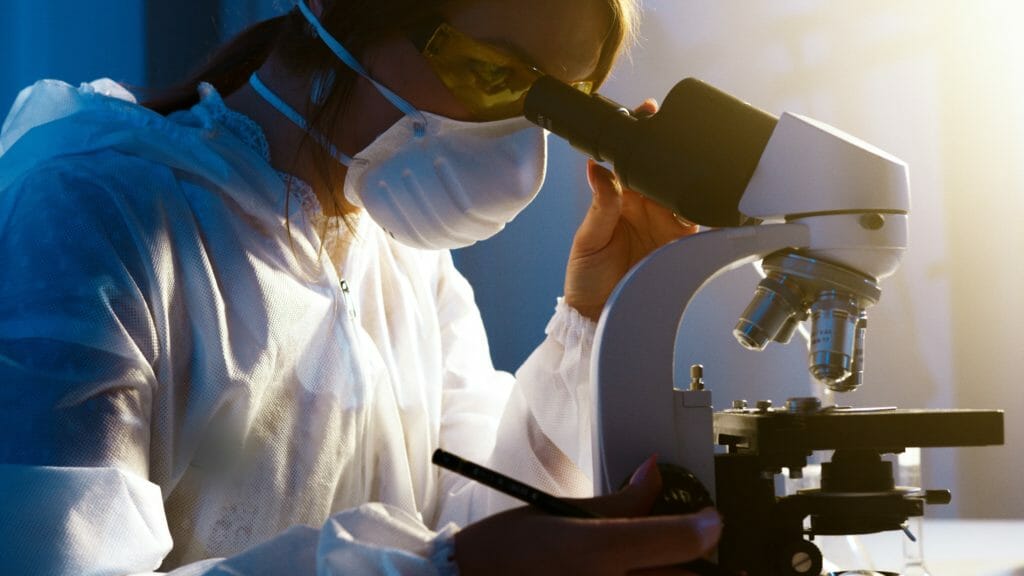Work
Increasing efficiency and saving time for Covera Health data scientists

By automating or simplifying repeat tasks, our technology allowed Covera Health data scientists to regain the equivalent of one day per week, which is now used for more high-value work such as improving the accuracy of diagnoses for patients.
Customer
Covera Health empowers radiology providers with powerful analytics that help them better define, measure, and deliver accurate diagnoses—helping to ensure that each and every patient is put on the most cost-effective path back to health. Covera Health achieves this aim of higher-quality radiology through the use of AI-powered analytics software, trained on vast numbers of medical images, reports, and other related datasets.
Problem
In the past, Covera Health’s ever-growing team of AI and data scientists was forced to spend approximately 25% of their time on non-data science tasks – tasks that prevented them from focusing on the development and maintenance of its potentially life-saving AI models.
For example, creating new development environments for each new initiative required data scientists to spend up to four hours at a time installing libraries, spinning up compute instances, and loading data. Each time the team experimented with a new model or model adaptation, they lost valuable time while manually sorting through the results and identifying which version of a model delivered the best metrics. Even after a model was completed, it took a considerable amount of time to deploy them via API or dashboards.

Solution
We installed Faculty Platform, our development and deployment workbench for data science teams hosted on AWS. The software allows Covera Health’s team to spin up development environments in minutes, automatically track and compare the results of experiments, and deploy models in hours, instead of weeks.
Impact
By automating or simplifying many repeat tasks, Covera Health data scientists regained the equivalent of one day per week previously spent on these tasks, which is now used to focus on core requirements and further improve the accuracy of diagnoses for patients. The team has found collaboration and results-sharing to be much easier and has increasingly benefited from having a system of record for their various projects. It has allowed the team to seamlessly transition to working from home during the current COVID-19 situation.